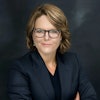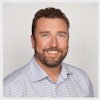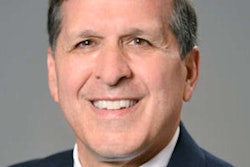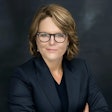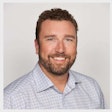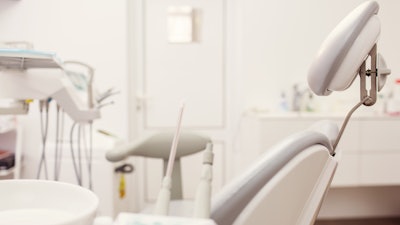
The lack of oral medicine diplomates (OMDs) leaves much of the U.S. population without access to care in their states, according to research recently published in Oral Surgery, Oral Medicine, Oral Pathology and Oral Radiology.
Furthermore, this shortage highlights significant opportunities for growth in oral medicine but also presents challenges in developing and training, the authors wrote.
"There is low density and uneven distribution of OMD with approximately one-third of the population without access to an OMD in their state thus limiting access to care," wrote the authors, led by Dr. Petros Yoon of the Brigham and Women's Hospital and the Dana-Farber Cancer Institute (Oral Surg Oral Med Oral Pathol Oral Radiol, August 18, 2024).
Oral medicine (OM) was officially recognized as a specialty by the ADA in 2020, addressing conditions ranging from oral mucosal disorders to orofacial pain. Its integration into the healthcare system is crucial for improving patient care and meeting the growing demand for nonsurgical management of orofacial conditions, they wrote.
For this study, OM specialists were identified as American Board of Oral Medicine (ABOM) diplomates practicing in the U.S. using the Find a Doctor tool on the American Academy of Oral Medicine (AAOM) website in the spring of 2023. State population data was obtained from the 2020 census, and the distance from state capitals and the most populated cities to the nearest OM specialist was recorded.
Also, the study assessed the presence of OM specialists in hospital settings, particularly at top cancer centers and hospitals, using official websites and directories. OMD point prevalence for each state was calculated based on the number of practicing OMDs per 10,000 state residents.
There were 107 OMDs practicing across 32 states, with a median of one OMD per state and a range of zero to 15. California, Washington, Florida, Massachusetts, North Carolina, and Pennsylvania had the highest numbers, while 18 states had none, including New Mexico and Vermont, according to the results.
Furthermore, the average distance to the nearest OMD from state capitals and the most populated cities was about 100 miles. Washington had the highest number of OMDs per capita, while many states with OM training programs ranked high in OMD density.
OMD practice settings included dental schools (47%), hospitals (30%), private practices (19%), and other settings (5%). Private practices were mostly solo or group dental practices, with some limited to oral medicine and others offering additional services. Oral healthcare services were available at all top-ranked hospitals, but OMDs were only present in a minority of these institutions, the authors wrote.
The study had limitations. The research team was unable to account for OM specialists practicing in multiple states and the exclusion of nondiplomate dentists practicing OM, they wrote.
"Continued research is needed to demonstrate and support the unequivocal need for OM in both medical and dental settings to improve patient care and outcomes," Yoon and colleagues concluded.

